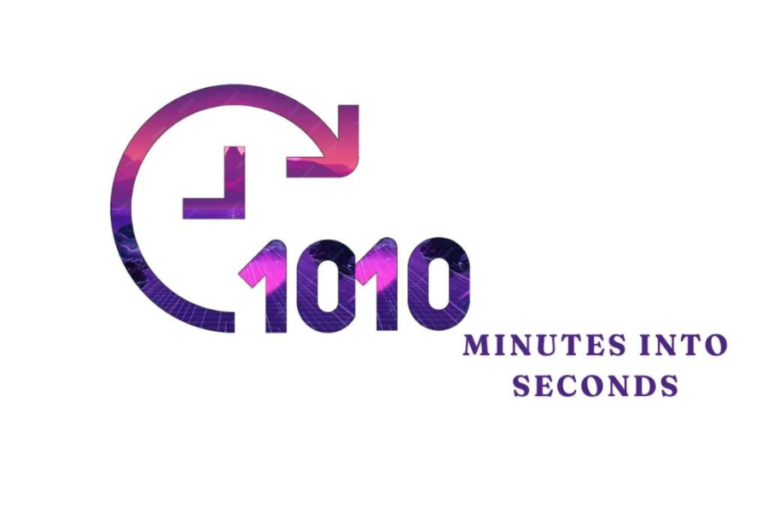Pigeimmo: The Smart Future of Real Estate
Introduction to Pigeimmo
In a world where the real estate market is evolving fast, a new concept called Pigeimmo is emerging. The word combines two French roots — “pigeon” meaning a bird known for returning home, and “immobilier,” which translates to real estate. At its core, Pigeimmo is about creating intelligent, self-aware property ecosystems that prioritize both user needs and technology. But it’s more than just a clever name. It represents a complete shift in how we view, manage, and interact with spaces.
The Concept Behind the Name
Why “pigeon”? Because pigeons are known for their homing instinct. In a similar way, Pigeimmo brings people “home” using smart technology and predictive systems. This concept implies real estate that adapts, responds, and even predicts what people need from their living or working environments. It’s not just about buildings — it’s about creating responsive habitats.
A New Kind of Real Estate Thinking
Traditional real estate focuses on structures, locations, and prices. Pigeimmo goes deeper. It asks questions like:
- Can a building learn from its inhabitants?
- Can a neighborhood adjust to traffic patterns in real-time?
- Can a home alert you before something breaks?
The idea is to create properties that are not static, but living systems — designed to evolve with the people who occupy them.
Pigeimmo and Smart Living
One of the major aspects of Pigeimmo is its focus on smart living environments. These are spaces embedded with sensors, automation tools, and connectivity features. For example:
- Energy Flow Optimization: Buildings that adjust heating and cooling based on who’s home, saving energy and reducing costs.
- Personalized Lighting and Sound: Environments that adapt to your preferences depending on the time of day.
- Maintenance Forecasting: Walls, windows, and machines that can predict and report their own wear and tear.
It’s not science fiction — it’s the Pigeimmo vision.
Building Trust Through Technology
Real estate has traditionally suffered from a lack of transparency. Buyers don’t always know the full history of a property. Pigeimmo introduces systems that can log every aspect of a building’s life — from construction quality to past repairs — using tools like blockchain, digital twins, and smart contracts. This builds trust between property owners, buyers, and renters.
Urban Planning Meets AI
Pigeimmo is not just limited to individual buildings. On a larger scale, it can transform urban planning. Imagine cities that grow based on real-time human activity. AI can analyze population flows, weather patterns, and social habits to recommend where schools, parks, or healthcare centers should be placed.
This approach replaces static zoning maps with dynamic planning — constantly updated by data and human needs.
Environmental Responsibility
One of the most promising aspects of Pigeimmo is its commitment to eco-conscious design. Every smart building is an opportunity to reduce the environmental footprint. Some of the strategies include:
- Green Roofs with Sensors: To monitor water retention and plant health.
- Solar-Powered Surfaces: Where rooftops and walls capture energy.
- Smart Waste Systems: That sort, compress, and signal collection times automatically.
In this vision, sustainability is not just a feature. It’s built into the DNA of every structure.
Pigeimmo and the Sharing Economy
The traditional model of real estate ownership is being rethought. With Pigeimmo, flexible ownership models are encouraged — allowing people to co-own or co-use spaces depending on their needs. These include:
- Micro-leases for short-term access.
- Space-sharing platforms for underused rooms or buildings.
- On-demand workspace leasing driven by AI matching.
This kind of dynamic real estate adapts not only to the economy but also to personal lifestyles.
Real-Time Feedback Loops
In most buildings, feedback is slow. You complain about the heating, wait weeks for a fix, and still face problems. In Pigeimmo systems, feedback loops are immediate. Structures collect usage data, analyze it, and auto-correct — often without human intervention.
For example:
- If light levels drop, sensors brighten them.
- If noise rises above comfort levels, insulation adjusts automatically.
- If water usage spikes, the system flags it before a leak causes damage.
The result is a smoother, safer, and more efficient living experience.
Redefining Property Value
What determines the value of a building? Size? Location? Design?
Pigeimmo introduces new metrics such as:
- Responsiveness — how well a space adapts to its user.
- Longevity — how long materials and systems last.
- Environmental Impact — how much carbon it offsets or produces.
These non-traditional metrics provide a more holistic view of value, pushing developers to focus on long-term outcomes instead of short-term gains.
The Human Experience at the Center
Technology is central to Pigeimmo, but it’s not about machines. It’s about people. Every innovation is meant to enhance comfort, safety, and wellbeing. From elderly-friendly smart systems to child-safe home zones and remote healthcare access, every element is user-first.
It’s a move away from cold, corporate real estate and toward compassionate spaces that care.
Challenges and Considerations
Of course, such a vision is not without obstacles:
- Cost Barriers: Not everyone can afford high-tech real estate.
- Privacy Concerns: More data means greater need for protection.
- Infrastructure Readiness: Many regions lack the digital base to support smart buildings.
But every new technology starts with limitations. The goal of Pigeimmo is to solve these problems as part of its journey, not ignore them.
The Road Ahead for Pigeimmo
Pigeimmo is still a fresh idea, but its potential is vast. As cities become smarter and populations grow more mobile, we need real estate that can keep up. Pigeimmo offers a modular, data-driven, and humane vision of how future homes and cities might operate.
It’s not about adding gadgets to old buildings. It’s about rethinking what a building is, what it does, and how it can evolve.





